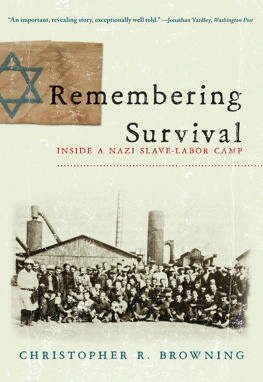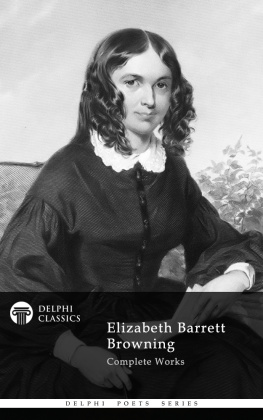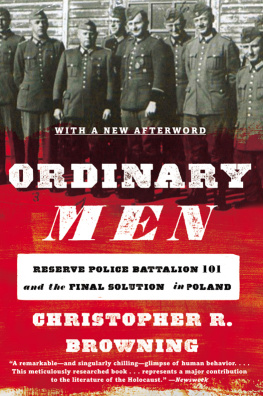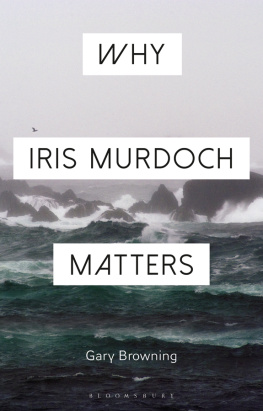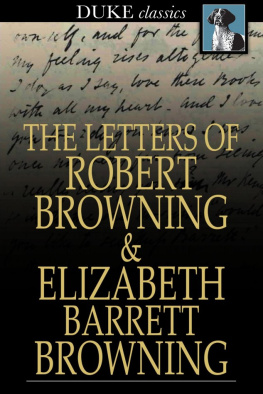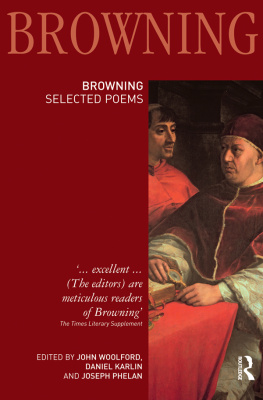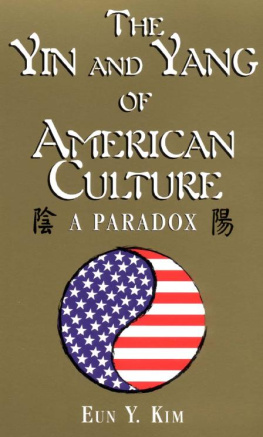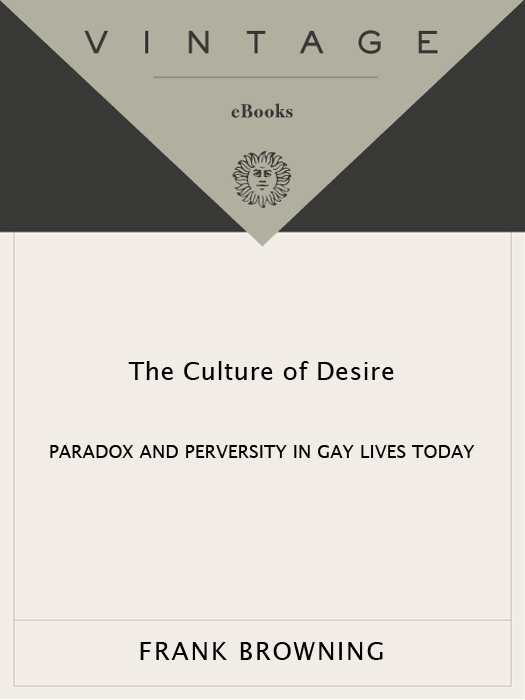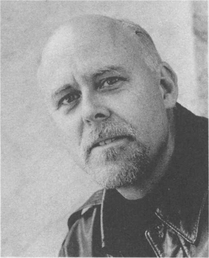Acclaim forFrank Brownings
The Culture of Desire
As a reporter, Browning reveals himself as sensitive, honest, and wryly unillusioned, an appealing character. His approach is always thoughtful, sometimes engaged, sometimes detached. A central, unifying image or metaphor is the image of desire; elusive, spent, and self-renewing, desire that he embodies in autobiographical, journalistic and poetic terms to unify his book and bring it home.
Boston Globe
Portraying the best and the worst of gay culture [and] covering a wide variety of races and professions, The Culture of Desire juxtaposes drag queens and tobacco farmers, corporate accountants and triathletes, radical faeries and seminarians, liberal gay rabbis and the Sisters of Perpetual Indulgence, a venerable Bay Area sect of unspeakably obscene, transvestite nuns.
Los Angeles Times Book Review
Browning has traveled the lush archipelago of American gay life and brought back a spellbinding piece of anthropological reportage.
Boston Phoenix Literary Section
Ambitious one is always engaged by Brownings thinking and conclusions. The Culture of Desire manages to provoke and tantalize. Brownings inquiries seem vibrant. He is deeply engaged in and committed to examining and understanding gay male life.
Advocate
Provocative.
Philadelphia Daily News
The Culture of Desire is a valuable contribution to understanding [gay] culture.
Lambda Book Report
ALSO BY Frank Browning
The American Way of Crime
(with John Gerassi)
The Vanishing Land
Frank Browning
The Culture of Desire
Frank Browning has reported for National Public Radio since 1983 and has covered issues ranging from the rise of neo-Nazi movements to the Iran-contra scandal to the social impact of the AIDS epidemic. The coauthor of The American Way of Crime, he is a recipient of the Alicia Patterson Fellowship. He lives in New York and Kentucky.

First Vintage Books Edition, April 1994
Copyright 1993, 1994 by Frank Browning
All rights reserved under International and Pan-American Copyright Conventions. Published in the United States by Vintage Books, a division of Random House, Inc., New York, and simultaneously in Canada by Random House of Canada Limited, Toronto. Originally published in hardcover in somewhat different form by Crown Publishers, Inc., New York, in 1993.
Library of Congress Cataloging-in-Publication Data
Browning, Frank.
The culture of desire : paradox and perversity in gay lives today / Frank Browning.1st Vintage Books ed.
p. cm.
Includes bibliographical references.
eISBN: 978-0-307-76559-8
1. Gay menUnited States. 2. Life-styleUnited States.
3. Subculture. I. Title.
HQ76.U5B745 1994
306.7662dc20 93-42430
Author photographMarc Geller
v3.1
Contents
Prologue
Can I Meet People? Is It Dying?
1. Mystery, Plot, and Remembrance
A Boy on the Dock and Other Intimations of Desire
2. Queer Rage
Were Here! Were Queer! Get Used to It!
3. Celebutantes
Fabricating the Fabulous Man
4. Spirit and Transgression
Looking for Ecstasy in the Penetrated Man
5. From Front Lines to Home Front
Reclaiming the Queer Body
6. Reconstructing the Extended Family
Personal Freedom and the Community Household
7. Parties, Pageants, Parades
Rituals of Deliverance
9. Paradox and Perversity
What the paradox was to me in the sphere of thought, perversity became to me in the sphere of passion.
Acknowledgments
A ttempting to acknowledge all those who have made a book possible is almost always an unrealizable endeavorall the more so when the work has been a journey of self-clarification. In this case, the list would include those who have been supportive and those who have been revolted by any mention of homosexuality. Formally, the interviewing for and writing of this book took two years, but the events, relationships, and remembrances that propelled me toward it have occupied the better part of a lifetime.
For thoughts, suggestions, and creative argument, I am indebted to many friends and colleagues, homo and hetero, among them David Bank, William Beeman, Kai Bird, Adam Block, Joseph Blum, Eleanor Burkett, Judith Coburn, Andrea Eagan, Richard Eagan, Doug Foster, Marc Geller, Fred Hersch, Fred Hertz, Beth Horowitz, Deborah Johnson, Robert Johnston, Michael Kazin, Gali Kronenberg, Eric Marcus, Danny Matherly, Andrew Mellen, Andrew Moss, Barry Owen, Raul Ramirez, Eric Rofes, Steven Rosenberg, Dan Share, Sophie Fierro-Share, Sharon Silva, Tom Stoddard, Bob Thompson, David Tuller, Victor Zonana, Robert Weingarten, and Ron Zuckerman.
Others who also read portions of the manuscript and gave valuable criticism include Jeffrey Escoffier, John Dinges, Linda Hunt, Lynn Meyer, Brenda Wilson, and Frank Viviano. At National Public Radio, senior science editor Anne Gudenkauf provided smart and inspirational guidance during my two years there as an AIDS reporter, a stint that in many ways led to my writing this book.
In addition, I would like to thank Arthur Kretchmer and Playboy Enterprises for financial support, and Margaret Engel of the Alicia Patterson Foundation, which awarded me a fellowship in 1991.
I owe enormous gratitude to a remarkable editor, David Groff, who offered guidance to my research and singular skill in untangling too many knotted sentences. And finally, for the remembrance of C, whose presence and devotion made life seem sweeter.
Introduction

to the Vintage Edition
T radition. Memory. Convention. Life-style. Culture.
In the year since the hardcover edition of The Culture of Desire appeared, these are the terms of conversation that have arisen as I have traveled the post-publication reading and interview circuit. This seems to be an apt moment to reflect on how those discussions have affected my own perceptions about the shifting nature of gay culture in America.
I am writing in a small, chilly apartment set along the Rio di San Girolamo, a small canal in Venice. Each morning motorized barges chug along the fondamento below the windows, picking up trash, loading large panes of window glass, hauling heavy cargos of lumber and masonry, delivering fresh crates of cheese, yogurt, pomegranates, persimmons, oranges, and fennelthe relentless opera of sustenance, construction, and repair that have preserved this impossible carnival of a city for more than a thousand years.


